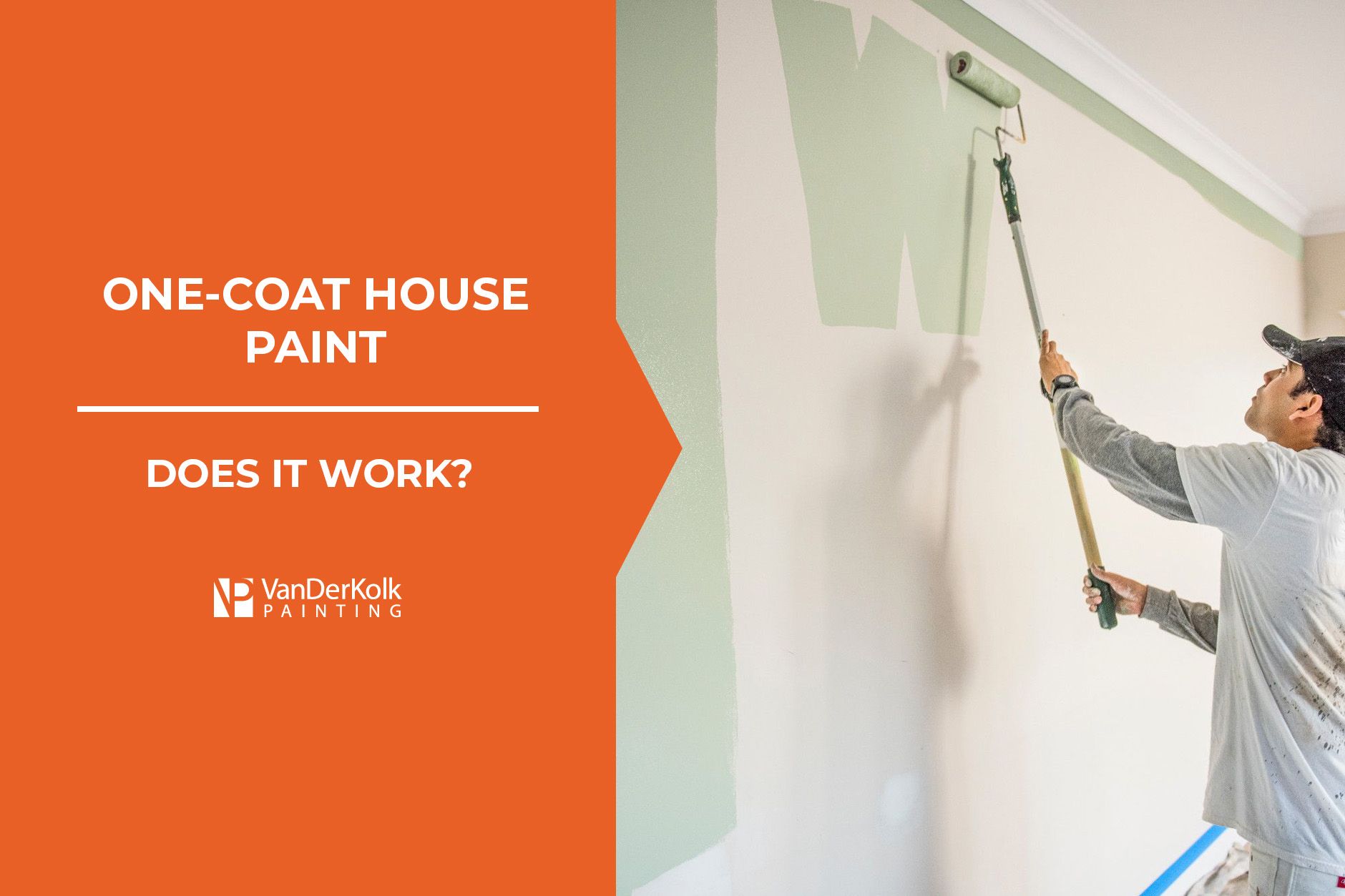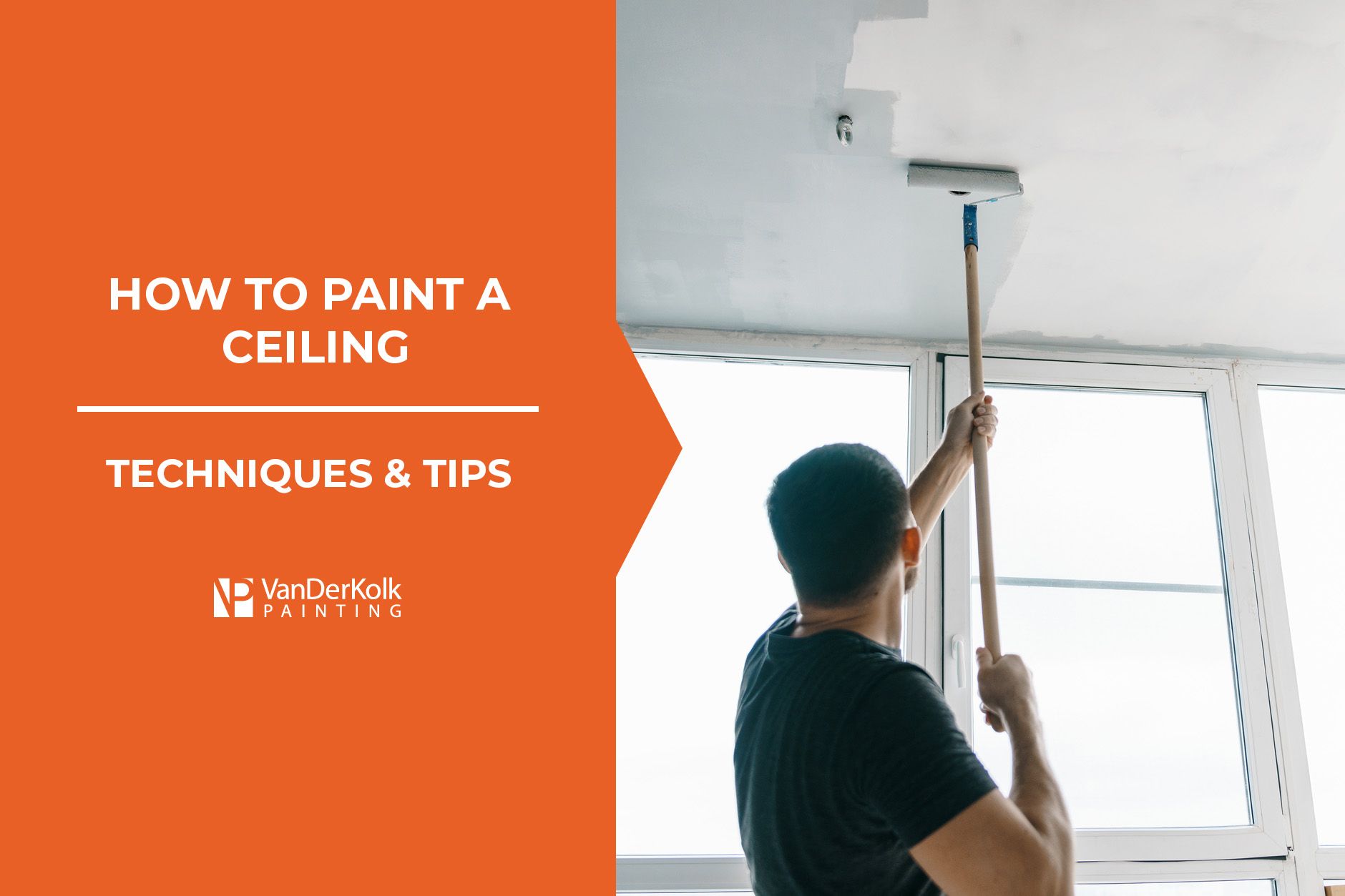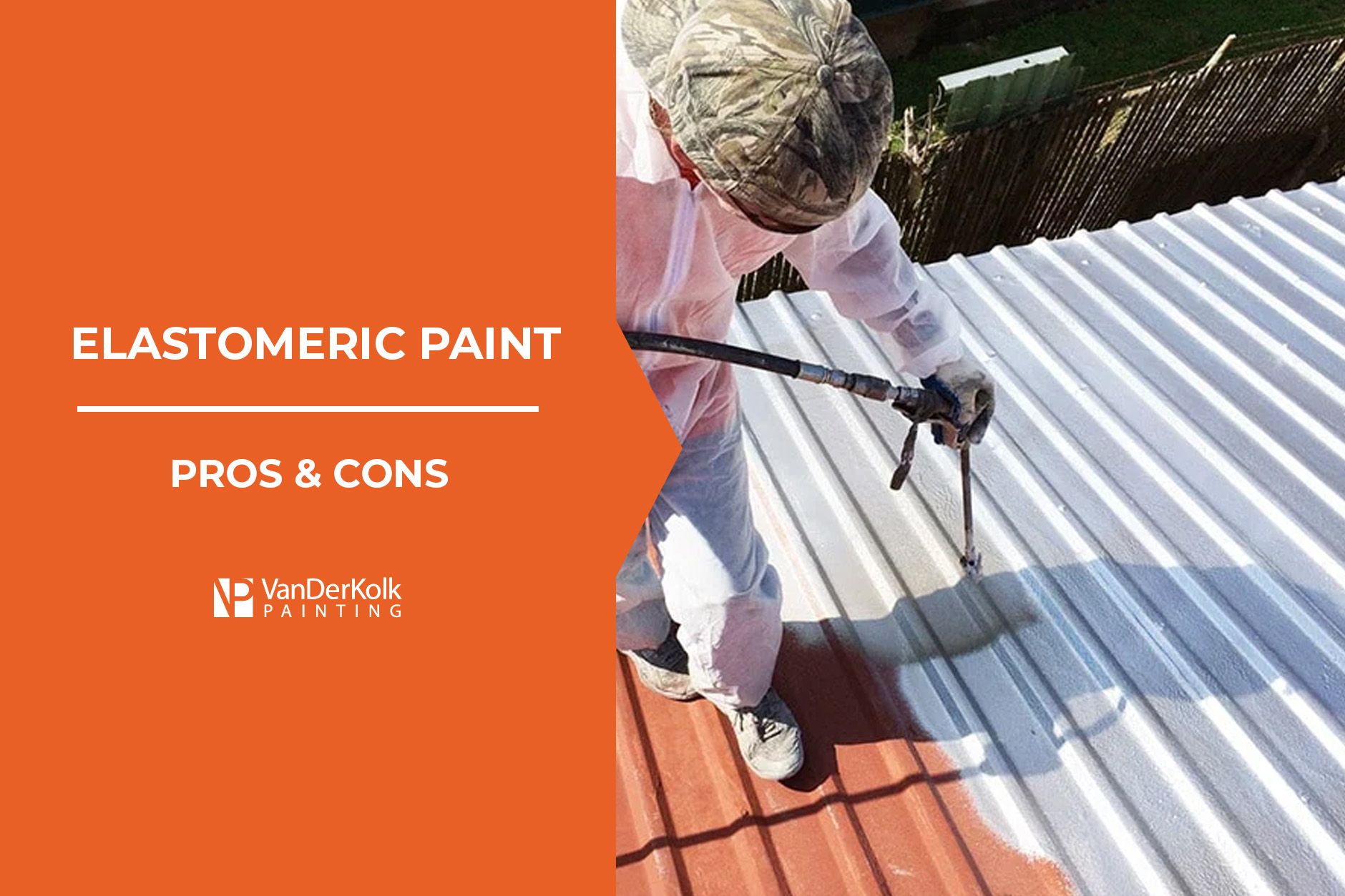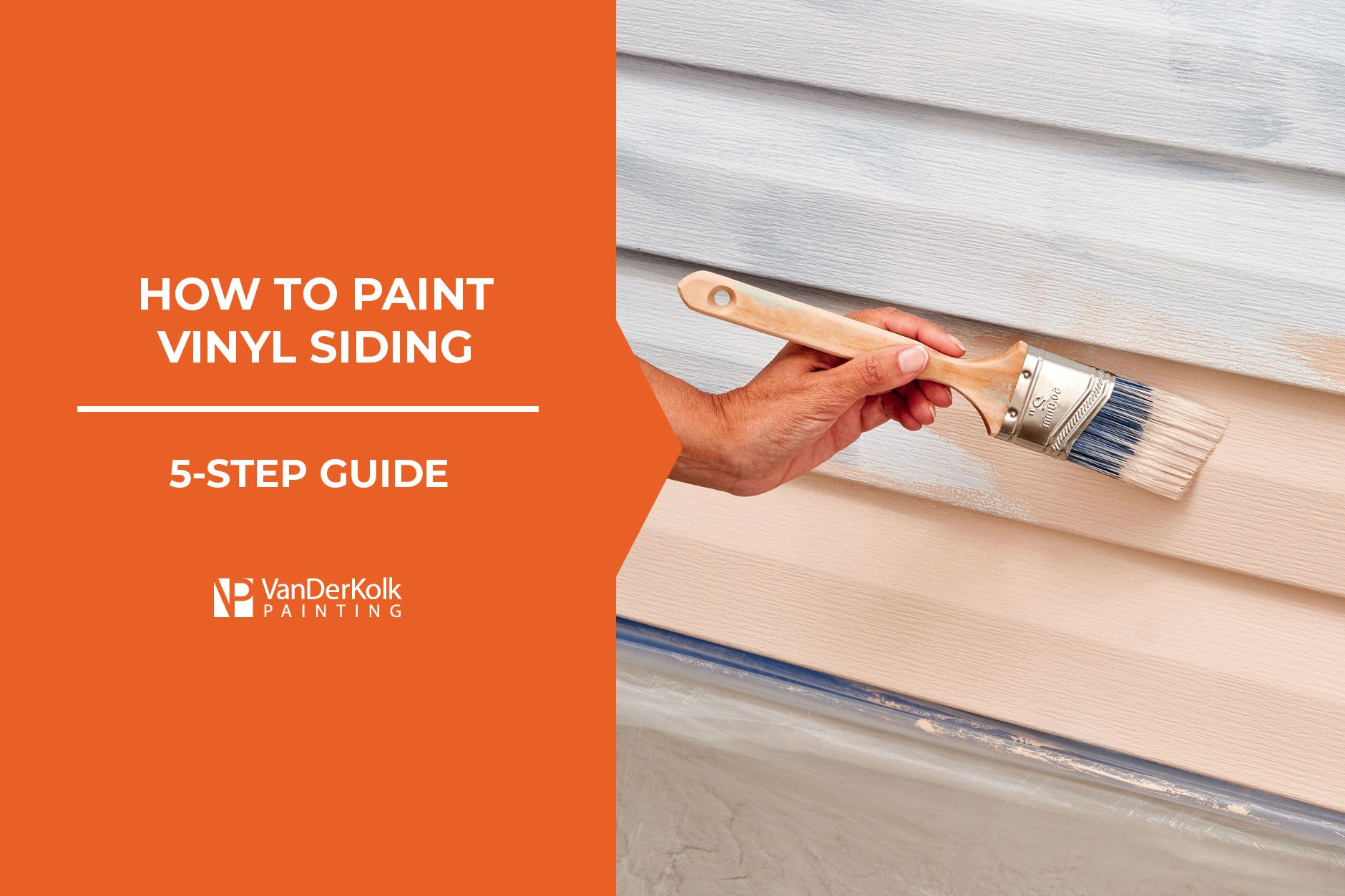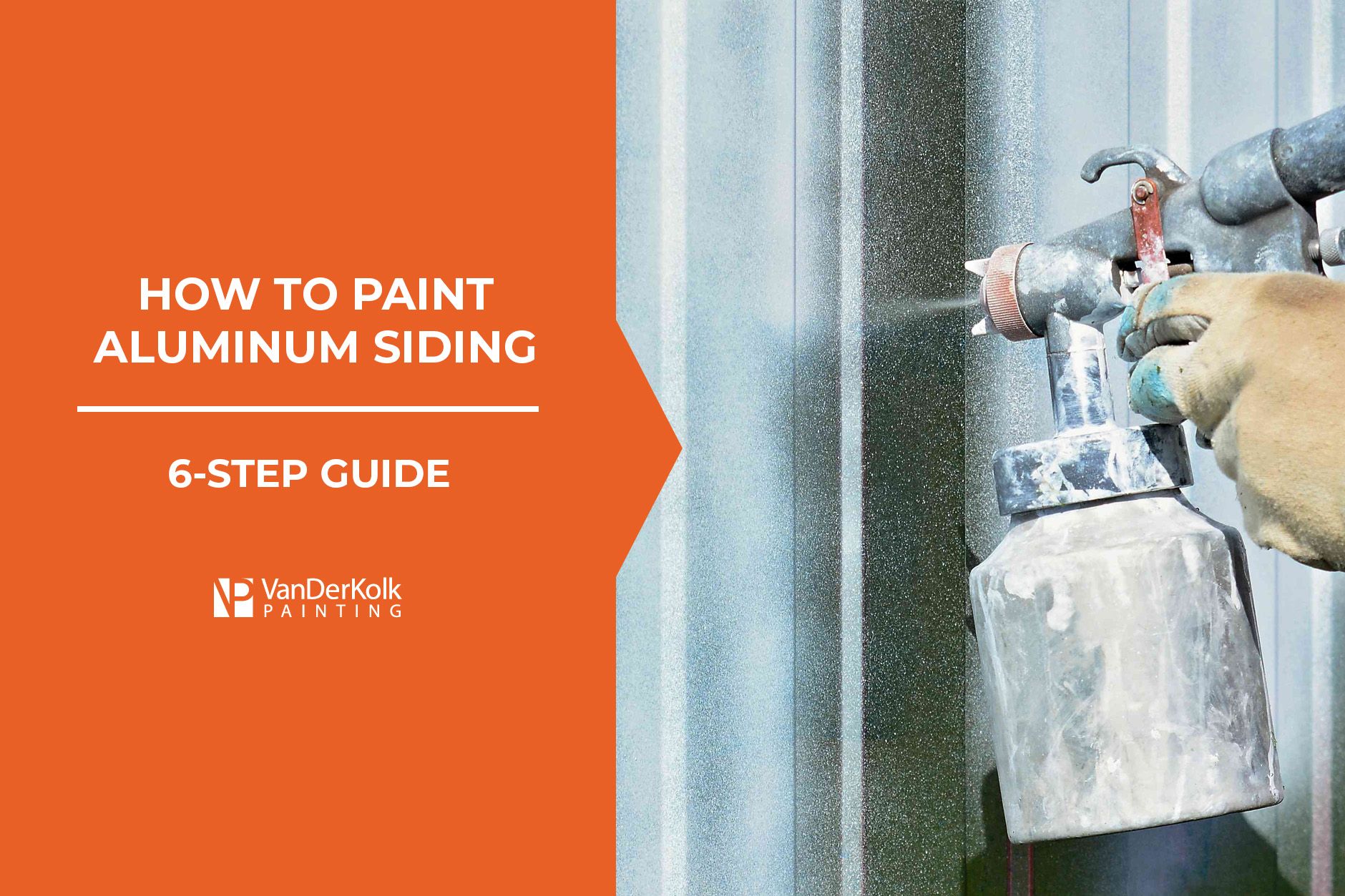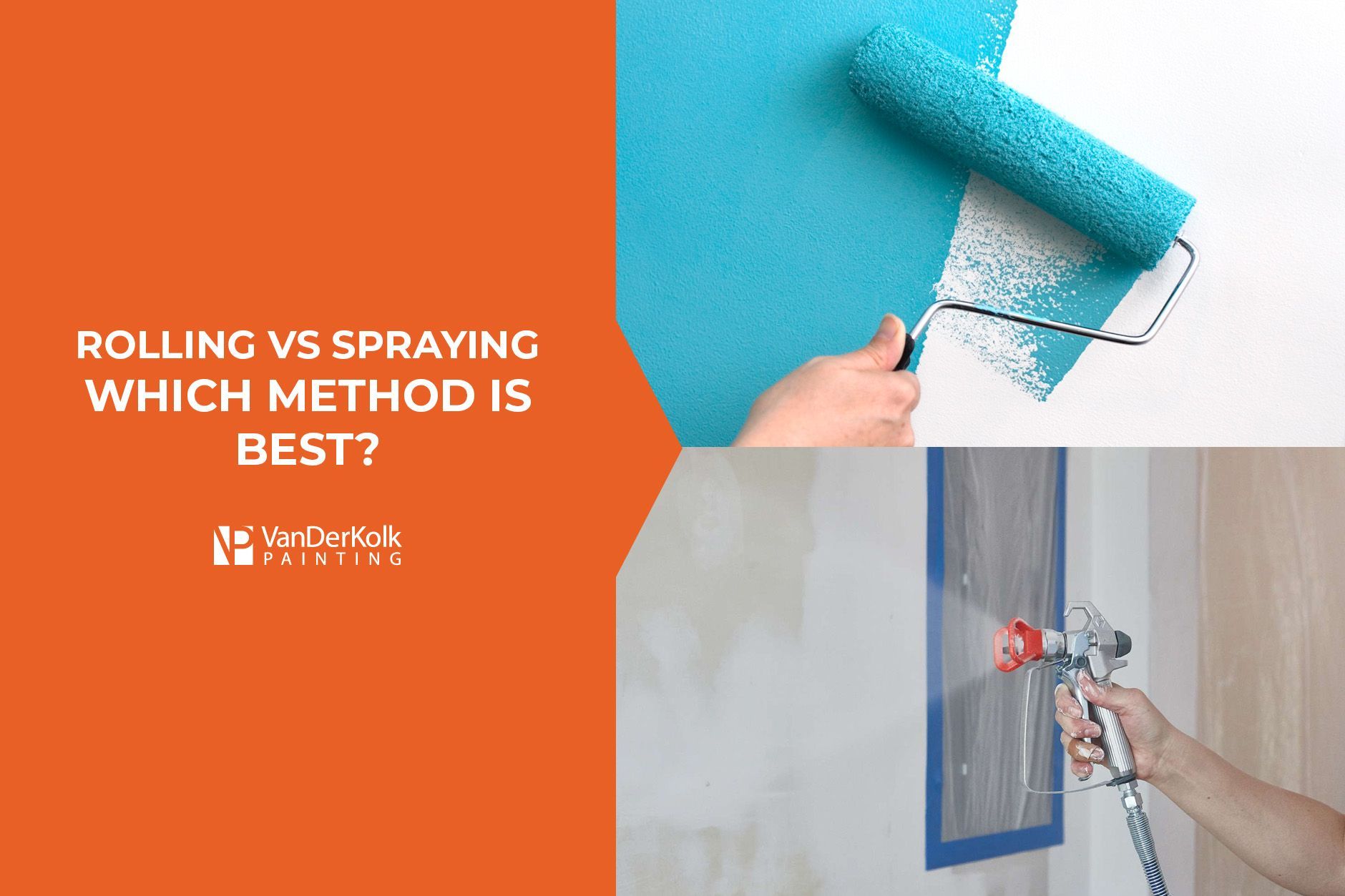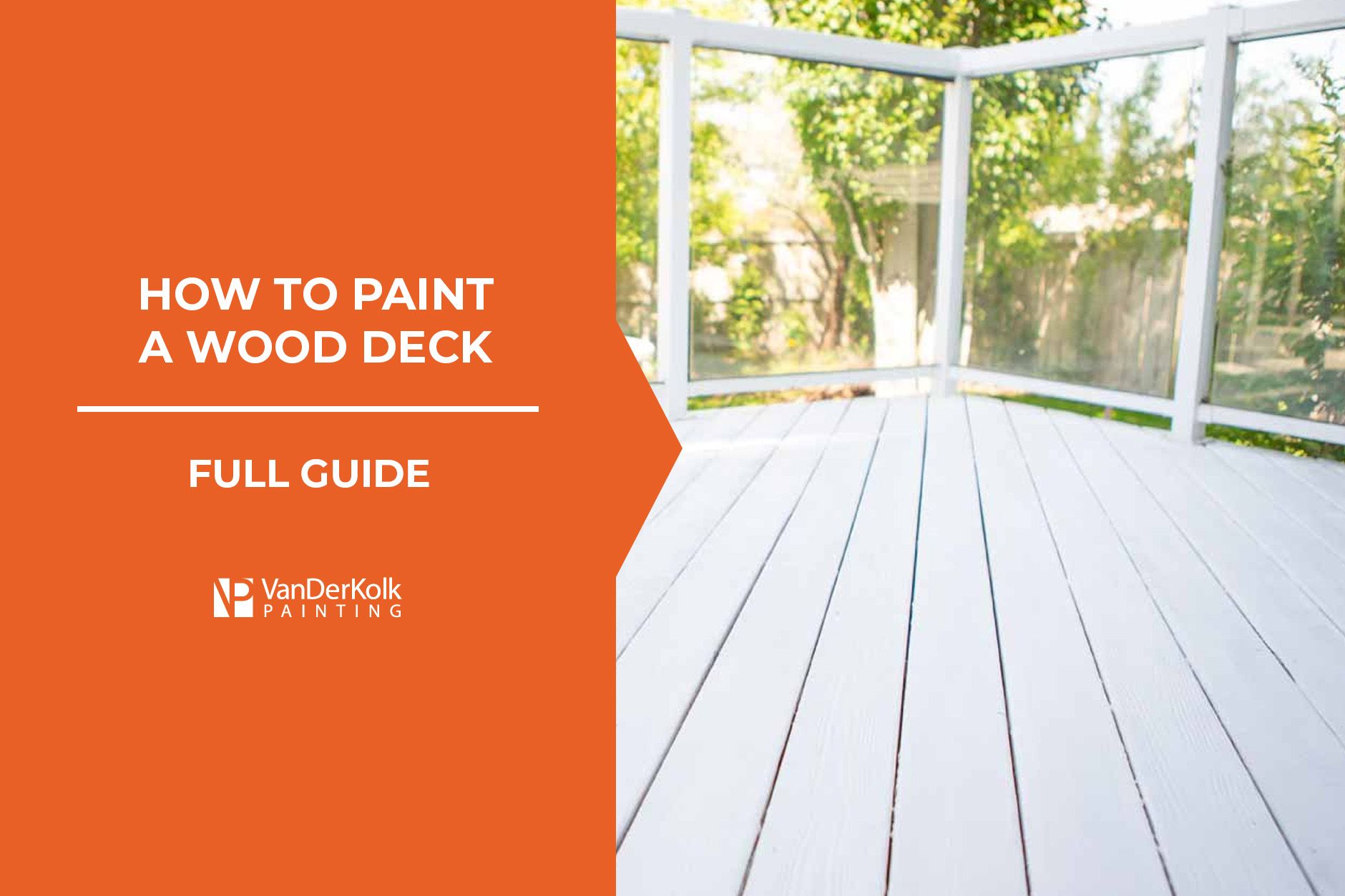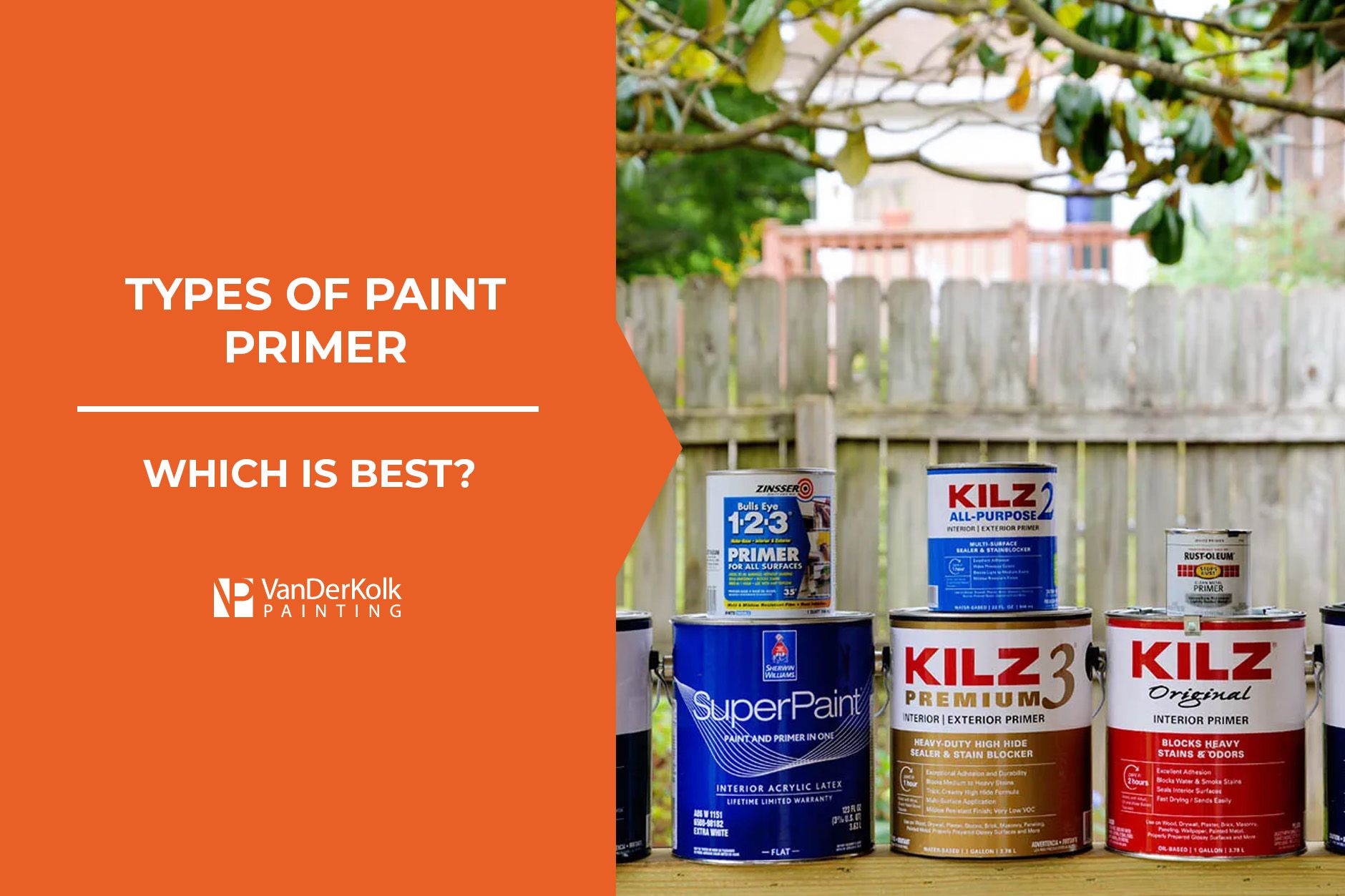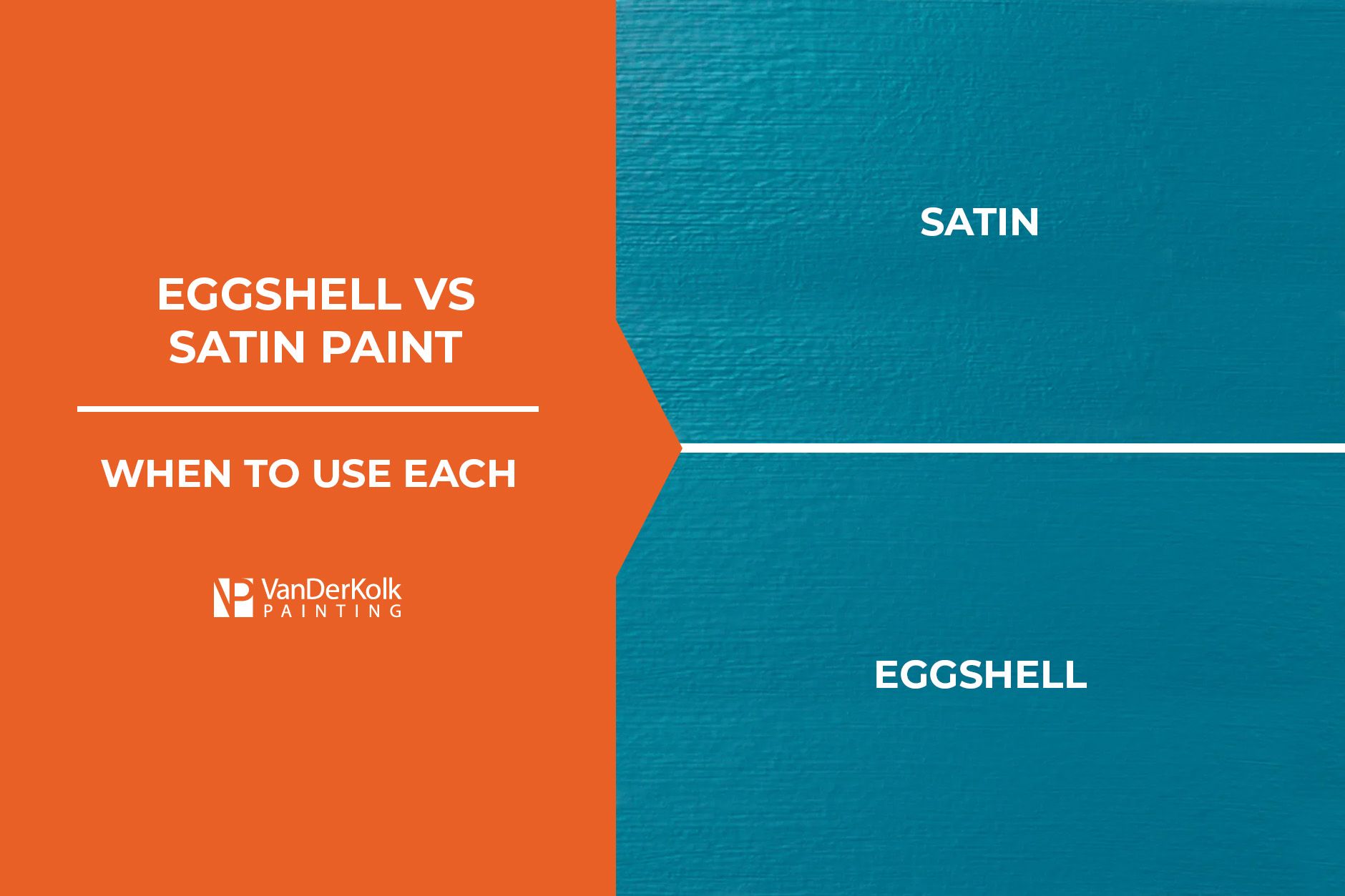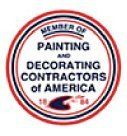Should You Paint Before or After Installing New Flooring?
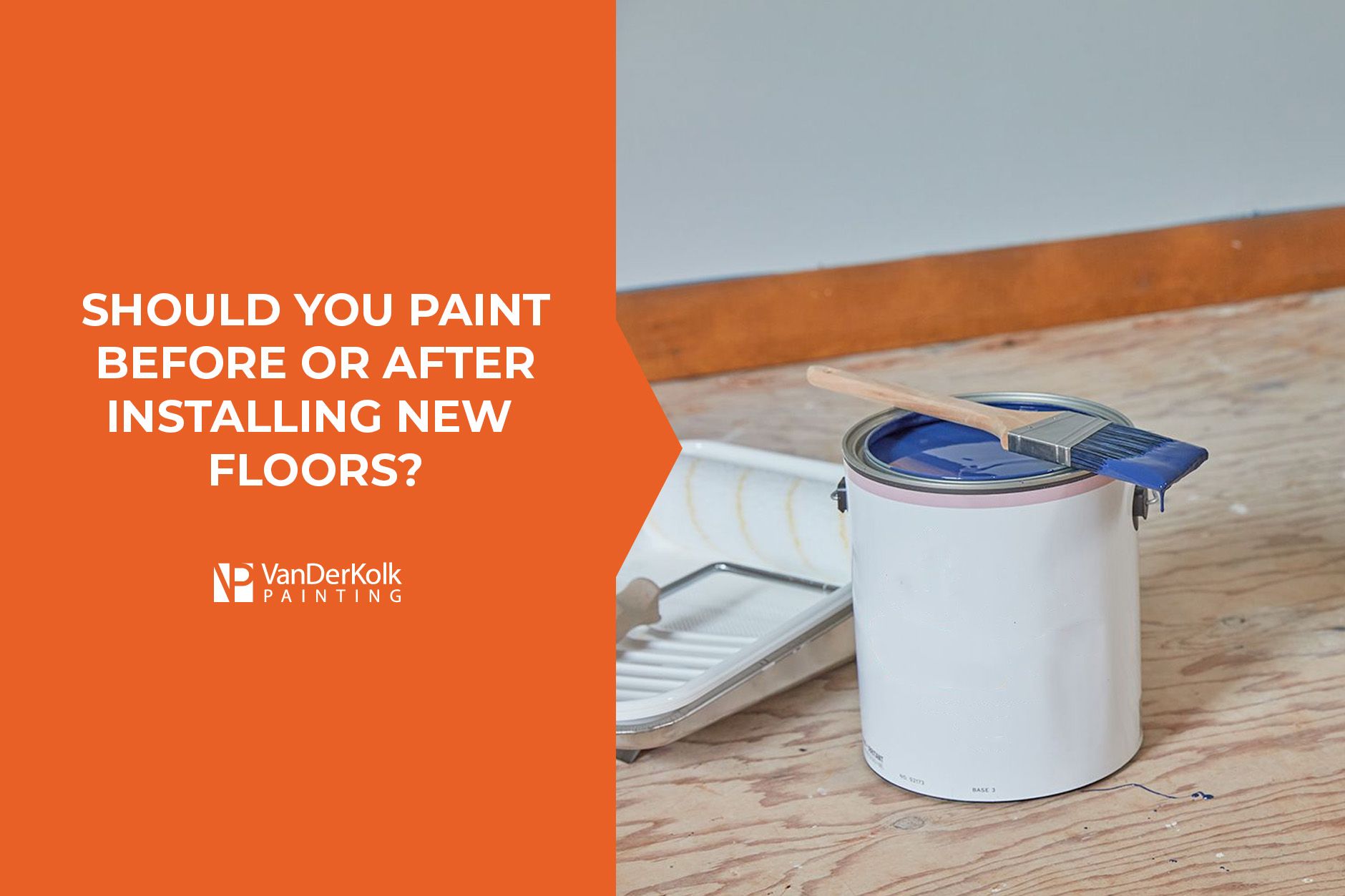
When renovating your home or flipping an investment property, there are a lot of moving parts. And when it comes to painting and flooring, you might wonder, should you paint before or after installing new flooring?
There is an order of events to ensure that all of your renovation efforts are well-coordinated and look just as good. So, when it comes to painting and installing new flooring, completing the tasks in a particular order is a must.
In this article, we’ll discuss whether you should paint before or after installing new flooring, how to do it properly, and what to consider before tackling the job.
Should You Paint Before or After Installing New Flooring?
In most cases, it is recommended to paint after installing new flooring. (And at VanDerKolk Painting, we agree!)
When you install your flooring before painting the walls, you’ll save yourself a ton of risk and preventable mistakes. Fresh paint is very fragile, so working in the room to install new flooring can cause damage, scuffs, and scratches.
Why Should You Paint After Installing New Flooring?
Don’t believe us about why you should wait until after installing the flooring to paint? Here are some of the benefits of following this order.
Protect Your Fresh Paint
When installing new flooring, there is a lot of movement and tools being used. If something rough or sharp hits your freshly painted walls, it could cause the paint to scratch, peel, or scuff.
Cleaner Finish at Baseboards and Trim
Painting after installing your baseboards and trim ensures a smooth and clean finish. Using painter’s tape, you can get a close and precise line along the woodwork for a perfect paint job.
Easier to Color Match
Sometimes the flooring in a room can completely transform the vibe. That means the paint color you initially picked out might not be suitable for the room anymore. To avoid color clashing, putting down the floor first can help you choose the perfect paint color for the room.
How to Paint and Install New Flooring: The Right Way
Below is a foolproof method to paint and install new flooring in your home, whether you’re renovating or having new construction done.
Paint the Ceilings
One of the messiest parts of renovating is painting the ceilings. This is when paint is most likely to drip on the floors. And when you paint the ceilings while the old flooring is still in place, there is no risk of ruining the new floors. When using ladders to reach the ceiling, there is a risk of scratching the floor. Of course, you should still cover the flooring with cloth or plastic to ensure an easy cleanup.
Remove Old Flooring
Once the ceiling is painted and dry, you can proceed with removing the old floor. This is another messy job that can bring up a lot of dust.
After removing the flooring, it’s also a good time to remove the baseboard or trim, especially if you plan to repaint them.
Prep the Walls for Painting
Before installing the new flooring, you’ll want to prep your walls for painting. Remember how we said you’re going to intertwine your work on the painting and flooring installation—this is what we meant.
With just the subflooring, you can repair any scratches or holes in the walls to ensure the surface is smooth and ready for a coat of paint. This might require some sanding as well.
If you currently have
wallpaper that needs to be removed, now is the time to do so. That’s another complicated part of this process that can cause a bit of a mess and should be done before anything new is installed.
Install New Flooring
You can finally start installing your new flooring now that the walls are prepped for paint. Usually, people will hire a professional to install flooring, especially hardwood floors. They will take care of the area and reattach the trim and baseboards once the installation is complete.
The installation process can take a few days and
create a lot of dust, especially for hardwood floors that require sanding. For this reason alone, it’s best to wait to apply your paint.
Protect the New Floors
After spending all that time (and money) on your new floors, the first thing you want to do is properly protect them. Use high-quality plastic or cloth to completely cover the floors. Tape the covering to the trim to ensure complete and proper coverage.
If you’re nervous about ruining your new floors while painting, it’s a good idea to call VanDerKolk Painting. Our team of professional painters is exact and has experience working in homes in the renovation process.
Related:
Average Cost of Interior Painting
Prime the Walls
It’s easy to want to skip priming your walls, especially with all the work you’ve already put in, but it’s an important step in the painting process. Priming your walls helps the paint adhere better and become more durable, so it lasts longer.
Make sure to
choose a compatible primer with your paint (water-based primer with water-based paint and oil-based primer with oil-based paint). Apply two coats of primer and wait for it to fully dry before moving on to the paint.
Paint the Walls
It is finally time to apply your paint to the walls. This is the final step in renovating your room to completely transform and elevate it.
When painting your walls,
apply at least two coats of paint to ensure even coverage and a vibrant color. You can use a paint roller for large areas and a paintbrush to ensure the corners and trim are precise.
Wait for the paint to dry completely before cleaning up and moving furniture into the room.
What Are the Risks of Painting Before Installing New Flooring?
You may be wondering why it is so important to paint after installing your flooring. There are quite a few reasons, but the first and most important is to prevent damaging your fresh paint.
Paint Drops on the Subfloor
Some people may think they should paint the walls after removing the old flooring, but before installing the new one. While it makes sense in theory, it can actually cause issues with the flooring installation.
If paint drips on the subfloor, it can be tough to clean up. If you leave the paint on the subfloor, the new flooring may not adhere properly and cause problems over time.
Damage to Paint Around Trim
When new flooring is installed, the trim and baseboards are often removed and reattached for a clean, finished look. If you’ve already painted the walls, this process can damage the fragile paint around the trim.
Fresh paint is especially prone to peeling or chipping, so when the trim is pulled off or nailed back into place, you may see cracks, dents, or missing patches of paint along the edges. That means you’ll have to go back and touch up those spots, undoing all your careful work and wasting valuable time.
Dust and Wall Scuffs
Floor installation is not a tidy job. Cutting, sanding, and fitting new flooring creates a lot of dust that can easily settle on your freshly painted walls. Even if you cover the floors and clean carefully, fine dust has a way of sticking to wet or recently cured paint, leaving marks and dull spots.
Additionally, floor installation requires moving large pieces of material in and out of the room. It’s easy for tools, planks, or even shoes to scuff up the walls as the new flooring goes down. Those scuffs can ruin the smooth finish you worked so hard to achieve and usually require extra touch-ups.
Moisture and Curing Issues
Paint may feel dry within a few hours, but it actually takes up to three weeks to fully cure. During that time, the paint is still soft and vulnerable to damage. Installing new floors often involves adhesives and materials that release moisture into the air.
That extra moisture can interfere with the curing process. Instead of hardening properly, the paint may bubble, peel, or lose its smooth finish. Not only does this ruin the look of your freshly painted walls, but it can also mean redoing entire sections of the job.
Can You Ever Paint Before Installing New Flooring?
In most cases, it’s best to wait until after the new flooring is installed before painting. But there are a few exceptions. If you’re putting in flooring like tile or linoleum, painting beforehand can sometimes make sense.
That’s because these types of flooring are typically installed with grout or adhesive that stays below the surface, so there’s less risk of damaging the paint during installation. Even then, you’ll want to take extra precautions to protect your walls from tools, dust, and movement.
As a general rule, painting after the floors are installed will give you the cleanest, most professional-looking results.
Should You Hire Professional Painters When Renovating?
Yes, hiring professional painters is almost always the smarter choice during a renovation. While painting might seem like a DIY-friendly project, big renovation jobs come with challenges that are best handled by experienced professionals.
Professional painters know how to work around new flooring, trim, and other freshly installed features without causing damage. They also bring the right tools, techniques, and protective coverings to keep your investment safe.
Professionals can deliver a higher-quality finish in less time. Instead of spending your weekends trying to get even coverage or stressing over paint lines, you can trust the job will be done right the first time. In the end, hiring painters saves you time, reduces risk, and ensures your newly renovated space looks polished and complete.
No Matter the Paint Project, VanDerKolk Painting Is Here to Help!
Whether you’re renovating your home or upgrading a commercial space, VanDerKolk Painting is here to make the process easier. Our team has the experience and precision to handle projects of any size, from a single room refresh to large-scale commercial jobs.
We proudly serve homeowners and businesses throughout the greater Grand Rapids area, delivering professional results that last. No matter the scope of your project, you can count on us for a smooth, clean finish every time.
Ready to get started?
Fill out our online form today to get a free estimate and let VanDerKolk Painting bring your vision to life.
Request A Free Quote
Our Services
Residential Services
Commercial & Industrial Services
